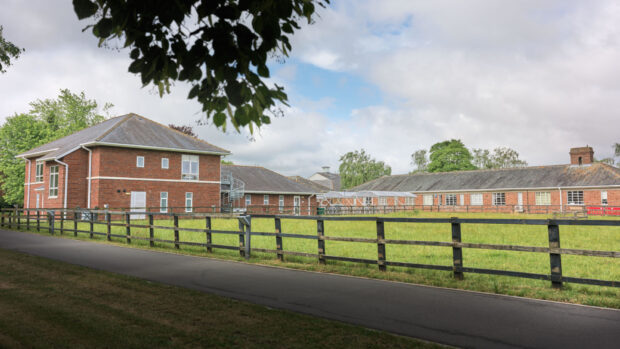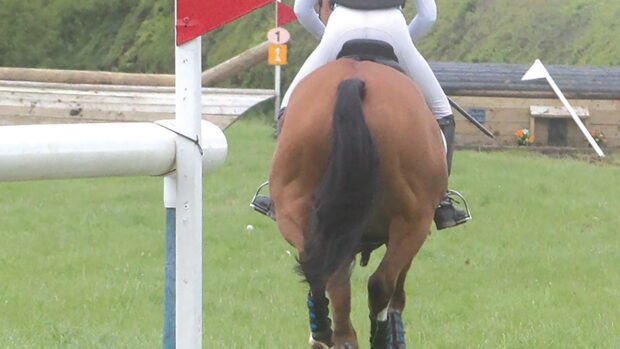The first equine dentistry was practised around 3,200 years ago on the steppes of Mongolia, scholars have discovered.
A team led by William Taylor of the Max Planck Institute for the Science of Human History looked at horse burials from the ancient pastoral Deer Stone-Khirigsuur culture (c. 1300-700 BC).
Previous studies have shown that these early herders were the first in eastern Eurasia to rely heavily on horses as livestock for food products, and may have been among the first to use horses for riding. They are famed for their mass horse-burials, with up to 1,000 equine skeletons often found around carved “deer stones”.
Researchers studying the remains identified microscopic signs of cutting and sawing on mal-erupted front teeth — which could cause young horses pain or problems feeding — from two of 10 Bronze Age Mongolian horses. This archaeological evidence tallies the onset of dental care with when riding was thought to have become a widespread practice.
Later skeletons, dating from 750BC, showed empty sockets where vestigial first premolars — or wolf teeth — had been removed. Seven Mongolian horses dating to between around 2,800 and 1,650 years ago showed bone regrowth around the sockets, indicating that the teeth had been extracted before the animals died.

The modification ties in with the emergence of bronze and iron bits, suggesting that this technological shift “prompted innovations in dentistry that improved horse health and horse control,” the report’s authors said.
Metal mouthpieces for bridles spread into eastern Eurasia during the early first millennium BC, providing more accurate control over horses which allowed them to be used for new purposes, especially warfare.
Drawing on input from Mongolian colleagues Jamsranjav Bayarsaikhan and Tumurbaatar Tuvshinjargal of the National Museum of Mongolia, Dr Taylor claimed that the development of horseback riding and a horse-based pastoral economy was a key driver for the invention of equine veterinary care.
“We may think of veterinary care as kind of a Western science but herders in Mongolia today practise relatively sophisticated procedures using very simple equipment,” he said.
“These results of our study show that a careful understanding of horse anatomy and a tradition of care was first developed not in the sedentary civilizations of China or the Mediterranean, but centuries earlier, among the nomadic people whose livelihood depended on the wellbeing of their horses.”
The domestication of horses and adoption of riding are considered “critical processes” that culminated in the emergence of mounted warriors and nomadic empires that shaped world history.
Continues below…

The true cost of a pretty face: ‘designer’ breeding means ponies suffer
Ponies are suffering as their mouths have got too small for all their teeth, an expert has warned

Equine dental technicians: What they can and can’t do
A recent poll has shown there is confusion amongst owners surrounding what your equine dental technician is and isn't allowed

How daring are you? Six equestrian events for the ultimate adrenaline junkie [VIDEOS]
Take a look at our pick of equestrian activities for adrenaline junkies — from side-saddle racing to riding across Mongolia
Nicole Boivin, director of the department of archaeology at the Max Planck Institute for the Science of Human History, said: “In many ways, the movements of horses and horse-mounted peoples during the first millennium BC reshaped the cultural and biological landscapes of Eurasia.
“Dr Taylor’s study shows that veterinary dentistry— developed by inner Asian herders — may have been a key factor that helped to stimulate the spread of people, ideas, and organisms between East and West.”
For all the latest news analysis, competition reports, interviews, features and much more, don’t miss Horse & Hound magazine, on sale every Thursday.




